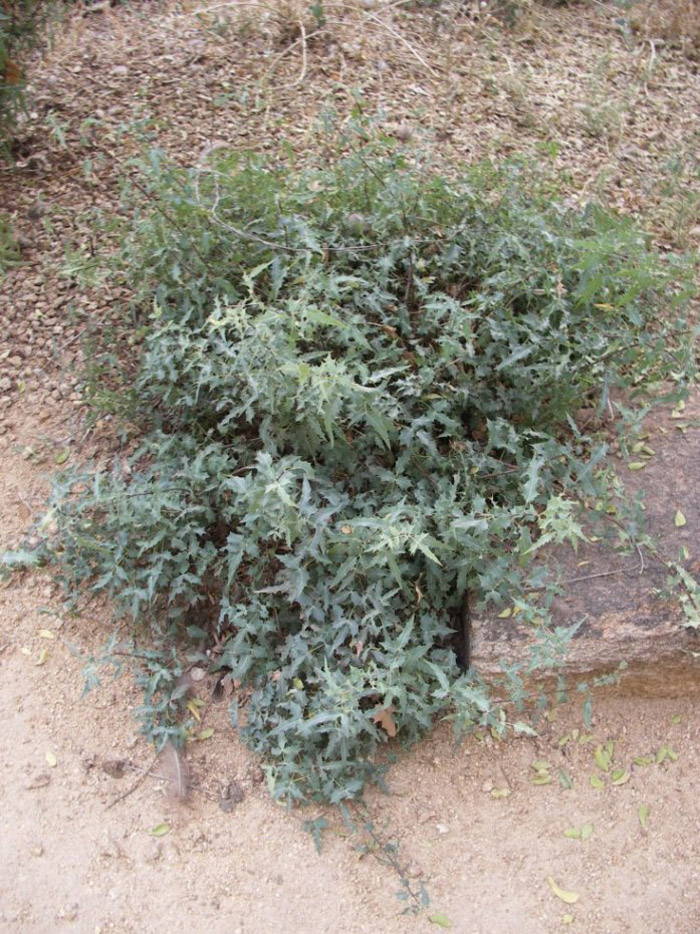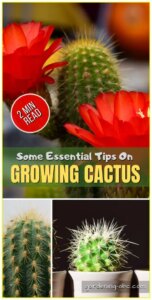El Paso, located at the intersection of rich cultural history and diverse ecosystems, is home to a striking array of desert plants that have adapted to the harsh and arid conditions of the Chihuahuan Desert. This unique habitat offers an incredible opportunity to explore the resilience and beauty of flora that not only survive but thrive in what many consider to be an inhospitable environment. The landscape is dotted with distinctive species that serve as a testament to nature’s ingenuity. Here, we will delve into the captivating world of El Paso desert plants, revealing the mysteries and marvels of their existence.
From towering cacti to vibrant wildflowers, the flora of the El Paso Desert epitomizes the notion of adaptation. Surrounded by the rugged Franklin Mountains and expansive desert plains, the plants of this region have evolved to endure extreme temperatures and limited water availability. The following sections will discuss various categories of these remarkable plants, explore their adaptations, and highlight their ecological significance.
The Backbone of the Desert: Cacti
Among the most iconic representatives of the El Paso desert flora are the cacti. These succulents are renowned for their ability to store water in their thick, fleshy stems, allowing them to survive prolonged droughts. The saguaro cactus, though more commonly associated with Arizona, has its cousins within the El Paso area, including the majestic organ pipe cactus and the smaller, yet equally fascinating, hedgehog cactus.
Each cactus species boasts unique adaptations to their environment. For instance, the organ pipe cactus has elongated stems that reach towards the sun, maximizing photosynthesis while minimizing water loss. Conversely, the prickly pear cactus, with its flat pads, diversifies its survival strategies by producing both edible fruits and pads. The bio-diverse mechanisms of these plants enrich the desert landscape, creating sanctuary zones for numerous wildlife species.
The Rebirth of the Desert: Wildflowers
While cacti may dominate the visual landscape, the El Paso Desert is also home to a splendid variety of wildflowers, which bloom intermittently, depending on season and rainfall. In spring, after sporadic rains, the desert floor transforms into a vibrant tapestry of colors. These ephemeral blossoms, ranging from delicate sand verbena to striking desert marigold, serve a critical function in the desert ecosystem.
Most wildflowers have adapted to the short bursts of moisture that characterize their environment. They utilize a rapid growth cycle, emerging almost overnight, completing their life cycles within a few weeks. This fleeting beauty captivates observers and offers vital resources to pollinators, such as bees and butterflies. The intricate interplay of these plants within the food web illustrates the ecological interconnectedness and the resilience of the desert environment.
The Jewel of the Desert: Shrubs and Grasses
Beyond cacti and wildflowers, the El Paso Desert supports a range of shrubs and grasses that contribute significantly to its overall biodiversity. Mesquite trees, with their thorny branches and deep root systems, exemplify how certain shrubs have evolved to thrive in arid conditions. These trees not only stabilize the soil; they also provide shelter and nourishment for various desert inhabitants.
The presence of grasses like the blue grama and grama grass is crucial as well. These perennial grasses have an extensive root system that allows them to access moisture deep within the ground. They play an essential role in preventing soil erosion, enhancing soil fertility, and providing ground cover that helps maintain the ecological balance in desert regions. In times of drought, the ability of these grasses to enter a dormant state is a survival tactic, showcasing the intricate strategies of desert plants.
Fascination Beyond Flora: Cultural and Ecological Importance
The desert plants of El Paso are not merely subjects of botanical interest but are deeply intertwined with the cultural fabric of the region. Indigenous populations have long utilized these plants for food, medicine, and crafting materials. The prickly pear cactus has been particularly significant, providing nourishment and traditional healing remedies. Such practices have helped preserve knowledge about the natural world and its offerings.
Environmental sustainability is another critical discussion surrounding these unique plants. With increasing desertification and climate change, conserving the biodiversity of the El Paso Desert has never been more pressing. Efforts to protect these native species not only contribute to ecological health but also ensure the preservation of cultural heritage, offering future generations an opportunity to engage with the natural world. Each cactus and bouquet of wildflowers represents a chapter in the story of resilience against adversity, an emblem of survival that captures the imagination.
In summary, the El Paso Desert is a remarkable region teeming with unique flora that adapt ingeniously to the challenging arid environment. Cacti, wildflowers, shrubs, and grasses not only contribute to the ecological tapestry of the region but also encapsulate a rich cultural significance. Engaging with these plants is a reminder of nature’s resilience and an invitation to delve deeper into the fascinating tales they tell. The intricate ecosystems of El Paso are not merely landscapes; they are living narratives, intricately woven into the very essence of the desert itself.





Leave a Comment